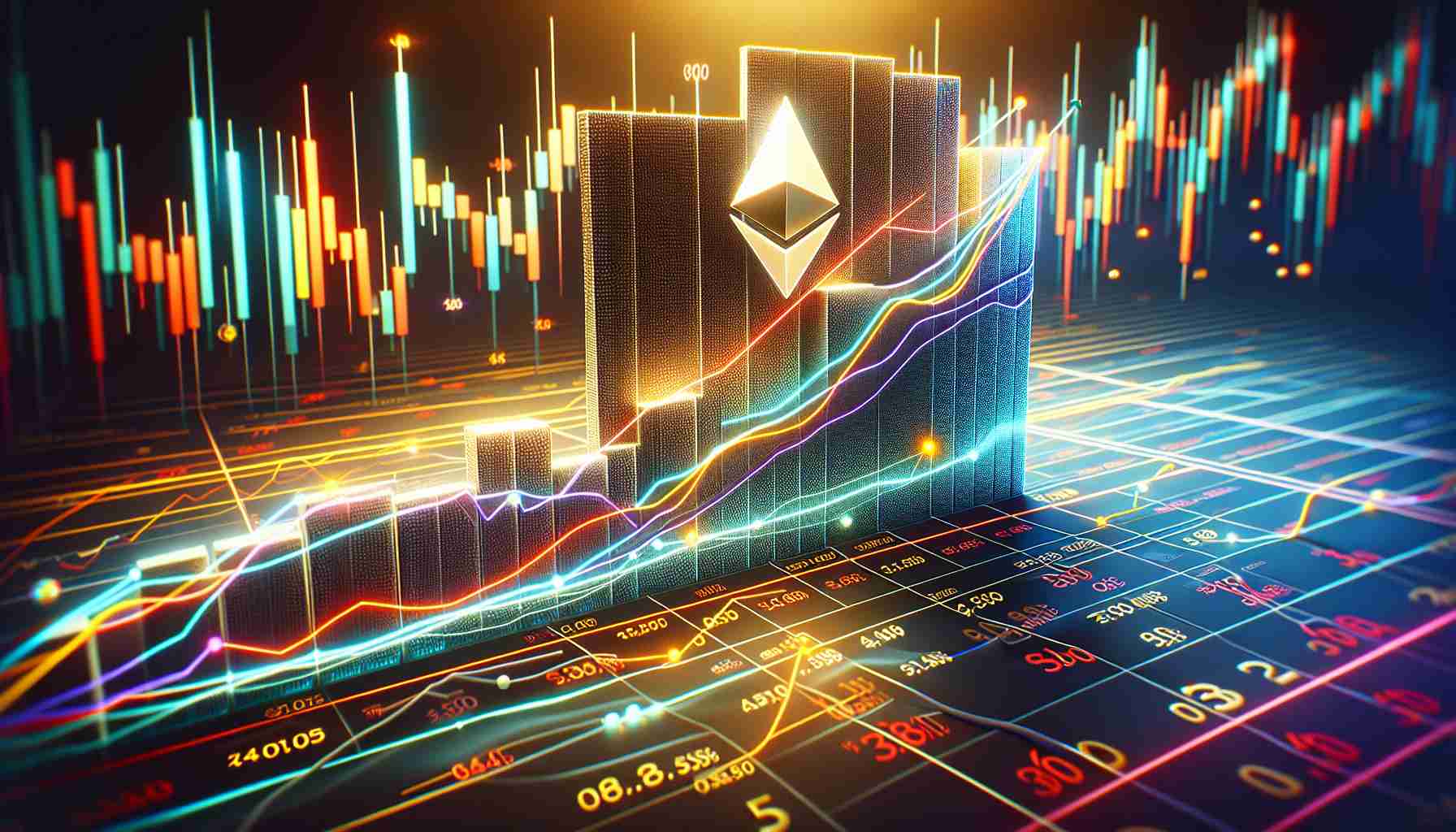Analyzing the Phenomenon of BitMEX Ethereum Whales
The storage patterns in BitMEX’s Ethereum reserves have illuminated an intriguing trend with possible implications for the cryptocurrency’s price fluctuation over recent years. Ethereum reserves at BitMEX reflect the volume of this digital asset currently held on the exchange, and changes in this figure can indicate investor behavior trends.
A rising exchange reserve typically signifies enhanced deposits to an exchange, often preceding a sell-off, potentially signaling a bearish market sentiment for Ethereum. Conversely, a reduction denotes withdrawals, suggesting holders might be bracing for a positive, long-term investment outlook, hinting at a bullish scenario.
Data analysis reveals a telling peak in the BitMEX Ethereum reserves around mid-2022, indicative of substantial investor deposits. BitMEX, known for its whale clientele, saw a noteworthy correlation between deposits into the exchange and subsequent bearish trends, as evidenced by the Ethereum price plummet to bear market lows shortly afterwards.
In a turn of events during September 2023, a significant withdrawal of Ethereum by these major stakeholders erased previous accumulations. This strategic move closely preceded a sharp uptick in Ethereum’s value, finally breaching the $4,000 threshold—an achievement not seen since December 2021.
Stability has since characterized the reserve levels with no dramatic shifts observed post-September, maintaining a steady plateau. Nonetheless, historical patterns suggest that any substantial changes in the BitMEX Ethereum reserves warrant close monitoring as predictors of potential Ethereum market movements.
As of the most recent observations, Ethereum has showcased some resiliency, bouncing back slightly from prior lows but has yet to demonstrate comprehensive momentum, with its price hovering around $3,400.
Understanding the BitMEX Ethereum Reserves Impact on Market Trends
The interaction between cryptocurrency exchanges and market dynamics is complex, and the BitMEX Ethereum reserves serve as an influential factor within this ecosystem. While the article elaborates on how fluctuations in BitMEX’s Ethereum holdings can mirror market sentiment, further insights can enhance this narrative.
One relevant fact not mentioned in the article is the potential impact of leverage trading on BitMEX on Ethereum’s price. BitMEX offers leveraged contracts, which can amplify gains but also increase the risk and potential for liquidations, thus contributing to Ethereum’s volatility.
Key questions surrounding the topic might include:
– How do BitMex’s trading options like leverage and futures contracts affect the price trajectory of Ethereum?
– To what extent can movements in BitMEX’s Ethereum reserves be used as a reliable indicator for price predictions?
– What other external factors could be influencing Ethereum’s price alongside BitMEX’s reserves?
Addressing these, it must be noted that the leverage BitMEX provides can exacerbate price movements, as forced liquidations during market downturns can result in sharp drops; however, exact predictions are challenging due to numerous market factors involved. As indicators, the reserves can provide insights but are not foolproof predictors of price.
Key challenges or controversies might stem from the inherent volatility of cryptocurrencies and the regulatory pressures facing exchanges like BitMEX. Questions regarding the legality of certain practices and the sustainable management of the platform’s reserves can also engender controversy.
Looking at advantages and disadvantages, one clear advantage of monitoring exchange reserves is that it gives market participants insights into potential future price movements attributed to major stakeholders’ behaviors. On the downside, overreliance on these metrics could lead to misinformed strategies, as reserves are just one of many factors that influence price.
For those interested in expanding their understanding of the context in which BitMEX operates within the cryptocurrency space, a good place to start would be the CoinMarketCap for up-to-date data on market capitalizations, and a CoinDesk for broader news and analysis on the crypto industry at large.



